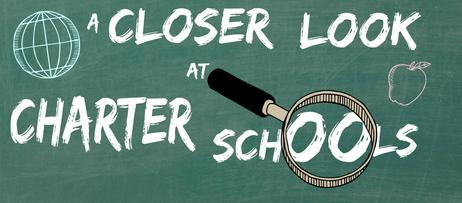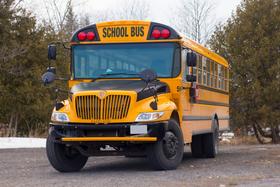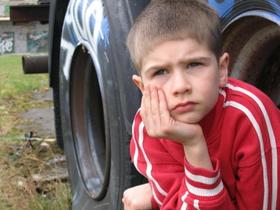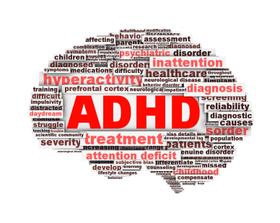Just as the internet has changed the way Americans shop, date, and stay updated with the news, it is also changing the landscape of American education. Across the country, elementary, middle, and high school students are opting out of traditional public schools in favor of attending virtual charter schools.
Virtual charter schools provide students with online courses of study taught by licensed teachers. According to the International Association for K12 Online Learning, 200 virtual charter schools were in operation nationwide during the 2008-09 school year. Experts expect this number to grow, as the K-12 online learning industry is expanding at an estimated annual pace of 30%.
As the number of students who choose to enroll in virtual charter schools swells, critics of this new educational trend have begun voicing their concerns. Opponents believe that virtual charter schools could become a disservice to all students, and worse, a dangerous final nail in the coffin of an already weakened public education system. Meanwhile, advocates for the online educational model maintain that the individualized and customized learning that virtual charter schools enable is exactly what many modern-day students need.
This video answers common questions about virtual charter schools.
Advantages of Virtual Charter Schools
Customized, Personalized Learning
The largest advantage of virtual charter schools is their ability to offer students customized, individualized programs of study. In traditional public schools, teachers often have to








































